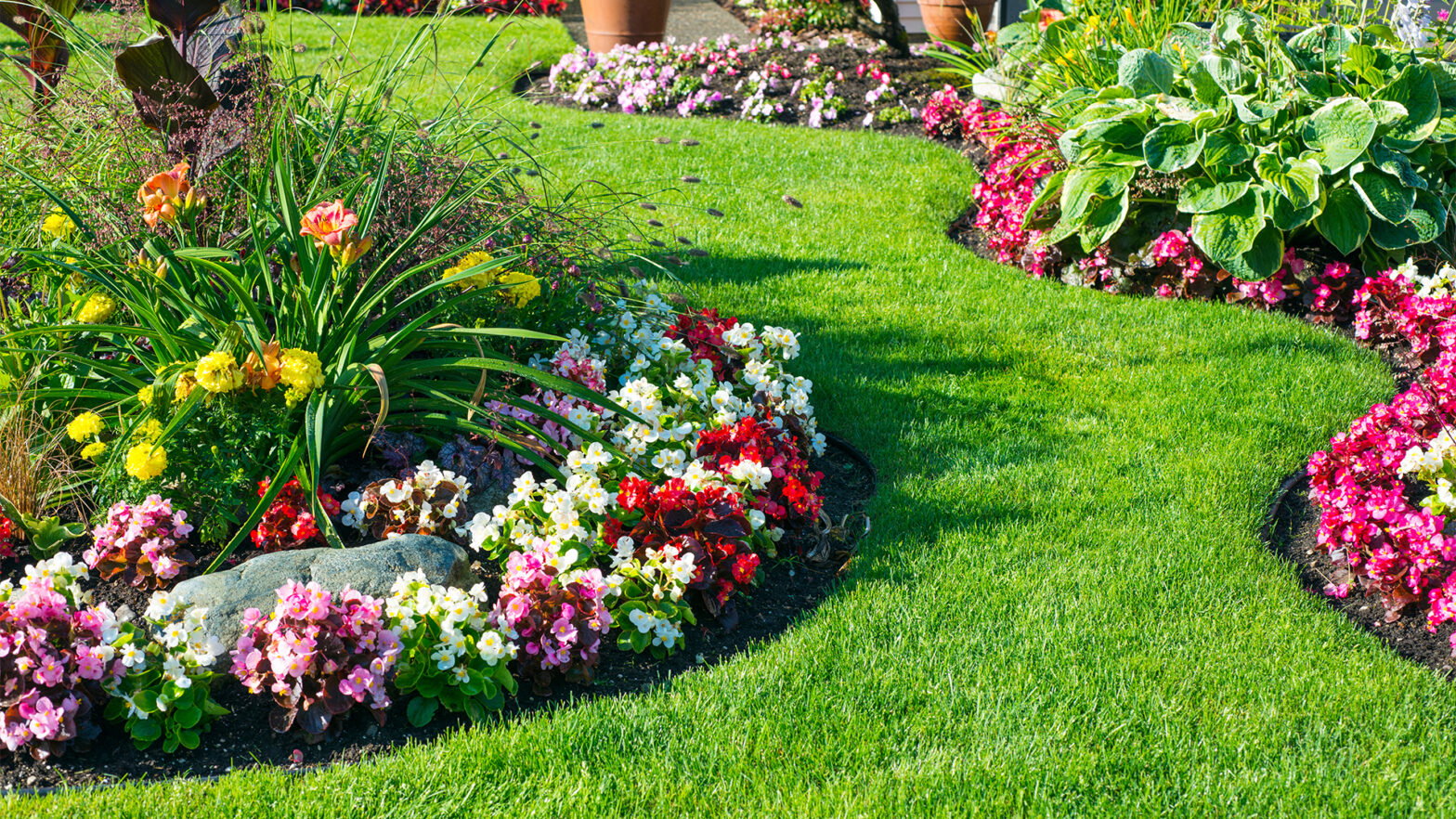Starting a farm is more than just choosing some seeds and sowing them. You’ll need land, equipment, and, most importantly, structures. Whether you purchase a prefabricated small shed or build a barn from scratch, there will need to be some construction projects on your property, no matter how small. Construction projects can be costly, especially when you don’t vet builders or suppliers. The best way to save your wallet from major construction expenses is to budget, plan, and research your options before making permanent decisions.
Start Saving
The earlier you can start saving some income for your farm project, the better. Financial experts recommend saving at least 20% of your income, but the more you can save, the better. Add any leftover income each month into a high-yield savings account. You will see lower financing payments when you have hefty savings, and down payments will be much easier.
Create a Budget
If you’re having trouble finding the savings for your projects, you may need to make a budget (or create a better one). Usually, people use 50% of their income for essentials, 30% for non-essentials, and 20% for savings. Depending on your income and lifestyle, this may not be realistic for everyone. Saving money can be easier if you cut back on unnecessary expenses, especially while saving for an immediate project like your farm. Once you list your income and expenses in a budget, you’ll be able to see how much money you can work with to build your farm.
Create a Farm Plan
Comparing construction and material costs will be much easier when you know how much you need and the size of the structures you want. You’ll want to set some goals and plans for your farm before you get started. Smaller farms without livestock will likely only need some storage and equipment. Larger farms will need larger structures. Hosting livestock will require some sort of shelter to keep the animals safe and more equipment for keeping them cared for and fed. Once you decide the goals and size of your farm, you’ll have a more solid idea of what you’ll need and what costs you’ll be working with.
Downsize When Possible
Consider the size of your farm and its future goals when deciding on the structures you’ll build. For example, if your farm is small and will only plant a few crops at a time, you likely won’t need to build a massive, expensive barn. Stick to a smaller barn for storing equipment or smaller livestock. Even if you plan on raising horses, you can opt for horse stalls instead of a huge barn to save on costs. Don’t oversize when you don’t need to, and you’ll likely stick to your budget (or lower).
Reused or Recycled Materials
Depending on the supplier and type of material, you may save a lot of money with reused, repurposed, or recycled materials. Used materials are still safe and strong—they’ll usually be treated and tested before reselling. Ask your local builders or suppliers if any used or recycled material is available. You can also save a lot of money on farm equipment by buying them used or refurbished; sometimes, you can cut prices in half!
Get Multiple Quotes
If you’re hiring builders or suppliers to provide construction labor or materials, you definitely shouldn’t commit to the first one you choose until you’ve shopped around and compared rates. Some builders will charge more or less than others. Suppliers will have different rates for materials. Some materials cost more than others. Shop around until you’ve found a decent rate and reputable company to go with.
Consider Different Materials
Materials can be expensive, especially when you don’t shop around. Try to be flexible on the type of material you use to do your project. Wood may be more expensive than vinyl, and metal may be more expensive than either of them. Try swapping out different materials when you can to cut costs. Suppliers and construction experts can often recommend high quality, cheaper materials to use if you’re unsure.
Use Simple Construction Techniques
Most farm structures don’t need to be built with the structural integrity of a house. Of course, they should be sturdy and safe, but you don’t need to do overdo construction. A pole barn is a simple and cheap construction method that most farmers use to cut costs over a stick-built frame barn. Pole barns are still sturdy and safe, just simpler. If you’re building farm structures from scratch, consider simple construction methods over more complicated ones.
Do Your Own Construction
Construction labor can double or even triple the cost of your project, for good reason; labor is hard work and can be dangerous at times. If you feel like you can teach yourself, family, or friends the basics of simple farm construction, you may want to consider doing it yourself. You’ll save a ton of money if you take on the project yourself. You’ll only need to buy materials, tools, and rent construction equipment. Many barns, sheds, and other simple farm structures have kits that contain materials and blueprints to make things easier, but make sure you’re not paying too much for the convenience.
Go Local
If you’re not up to taking on the labor yourself, consider looking at local companies. Large corporations can often charge more due to their prestige as a ‘name brand.’ Local companies spend less on marketing and brand image in order to focus on the work, and may charge far less than big corporations. Shop around to find local companies; their rates may surprise you!


































